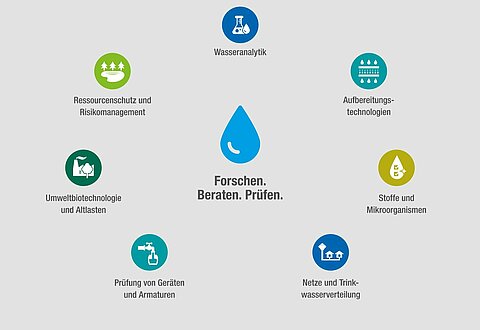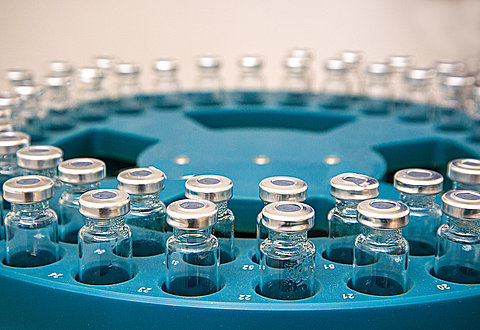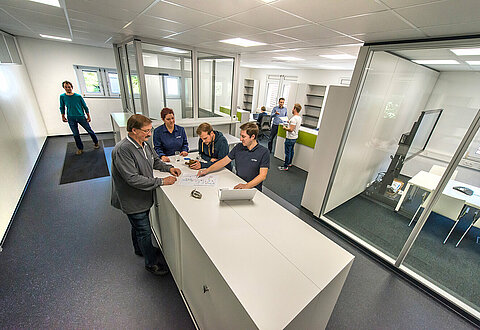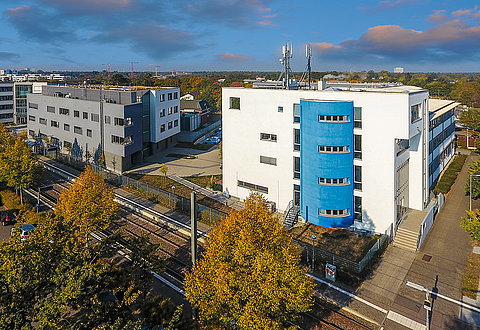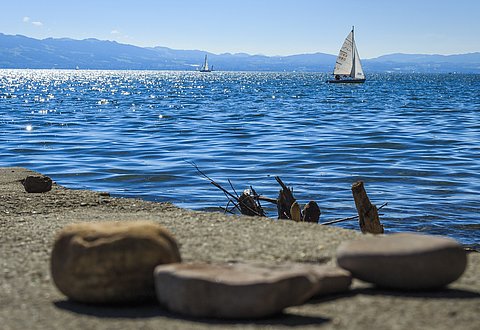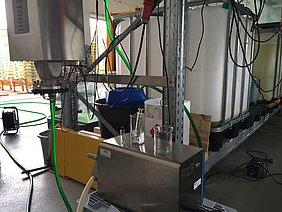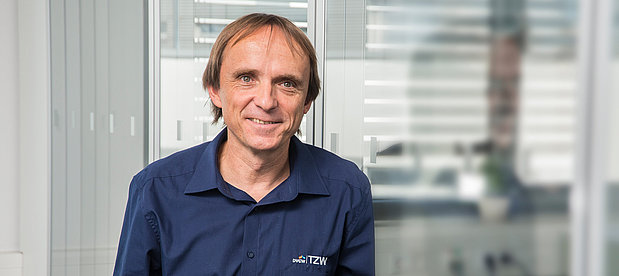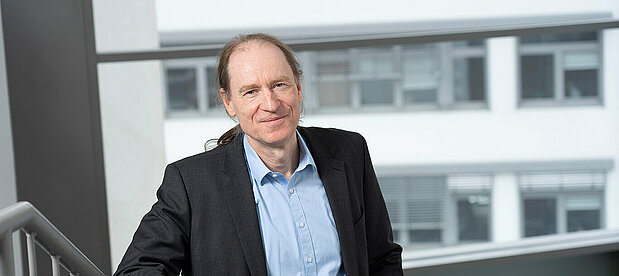The objective was to develop a new method to degrade toxic industrial waste water containing phenol by combining ultrasonic (US) treatment and downstream biodegradation. For the model phenol, 3,4,5-trimethylphenol, the combination of methods appeared to be sufficiently powerful to eliminate any toxicity that remained after US treatment.
The toxic or inhibiting effects of waste water ingredients and transformation products were identified in the luminescent bacteria inhibition test and the determination of the degradation behaviour of a readily usable substrate (acetate).
In the lab, microorganisms were cultivated for the aerobic biodegradation of model phenols, vinasse – a waste water containing phenol from sugar and ethanol production – and its transformation products and these microorganisms were successfully used in the biological cleaning step of the combined process.
The degradation was observed in the batch system and in the flow. The persistent model phenols/vinasse displayed the best elimination irrespective of the concentrations for high-frequency ultrasound (megasonic, 500 kHz). Transformation products from the sonochemical treatment displayed no long-lasting toxic effects on biodegradation enabling a combination of the two methods and made upscaling possible from the lab to a pilot trial. In comparative testing a clear link could be shown between radical formation and the degradation of the model phenol 3,4,5-trimethylphenol.
In the pilot test with 3,4,5-trimethylphenol, the sonochemical treatment was also sufficiently powerful in the combined method to facilitate subsequent biodegradation. The remaining toxic effect was rapidly eliminated in a microbial process.


![[Translate to English:] Prüfstelle-Produktprüfung_Teststand Test centre and product testing](/fileadmin/_processed_/0/9/csm_TZW-Karlsruhe_Pruefung_Geraete-Teststand_444204ae51.jpg)
















